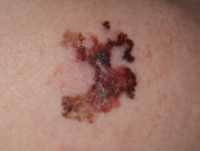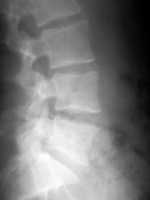Author Interviews, Nature, Technology, University of Pittsburgh / 26.02.2024
SLIDE: Machine Learning Technique Can Infer Hidden States Underlying/Driving Disease Processes
MedicalResearch.com Interview with:
Jishnu Das, Ph.D.
Center for Systems Immunology
Departments of Immunology and Computational & Systems Biology,
Assistant Professor School of Medicine
University of Pittsburgh
MedicalResearch.com: What is the background for this study? How does this new AI model work? How is it different from other models?
Response: Modern multi-omic technologies generate an enormous amount of data across scales of organization, and with differing resolution. While recent machine learning methods have harnessed these to predict clinical/physiological outcomes, they are often black boxes that do not provide meaningful inference beyond prediction. Differences in data generation modalities, redundancy in the data, as well as large numbers of irrelevant features make inference of biological mechanisms from high-dimensional omic datasets challenging.
To address these challenges, we developed a machine learning technique called SLIDE (Significant Latent Factor Interaction Discovery and Exploration). We reasoned that features that are directly measured by current technologies are constrained by strengths and weaknesses of current platforms. So, while some observed features may be excellent correlates of outcomes of interest, inferring biological mechanisms from these multi-omic datasets requires us to delve beyond the observable into the hidden states, i.e., latent factors. These hidden states encapsulate the true drivers of underlying biological processes and capture a complex multi-scale interplay between entities measured by these datasets. Our method moves beyond simple biomarkers/correlates (“the what”) to hidden states that actually explain clinical/physiological outcomes (“the how” and “the why”).
(more…)





























